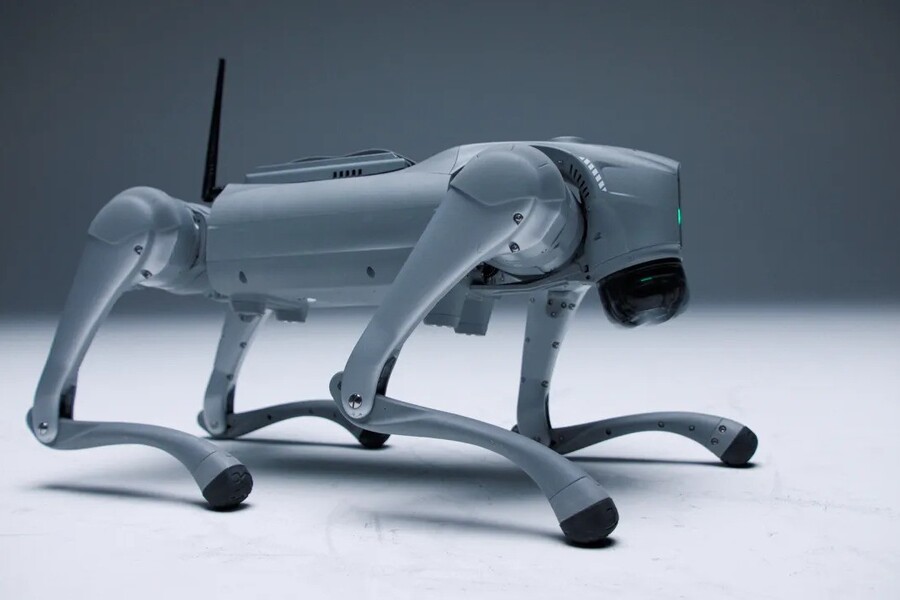Boston Dynamics has taught its four-legged “Spot” robot to execute clean, repeated backflips, unveiling the feat in a new research video that mixes polished landings with early wipeouts. The company says the flips are not a parlor trick, but a way to push the hardware and software to their limits so Spot can recover from slips, trips, and heavy-payload stumbles on real job sites.
In the four-minute clip, titled “Air Spot | RL Behavior Research,” engineers describe how they train and test new whole-body maneuvers first in simulation and then on the robot, iterating until the behavior is reliable on hardware. The project uses reinforcement learning (RL) alongside Boston Dynamics’ traditional control stack, an approach the company has been formalizing to better handle messy, real-world variability.
Robotics engineer Arun Kumar underscores the point in the video: “Doing a backflip is not something our customers need … but there are situations where we need to utilize the motors and the power system to its full potential.” The team’s workflow is deliberately cyclical: validate in sim, try on the robot, find a failure, debug, and repeat—until the behavior survives edge cases like sudden slips or awkward load shifts.
Why this matters beyond the spectacle
Spot has been commercially available since 2020 and is already used for jobs such as 3D factory mapping at Ford, safety patrols at a Kia plant, and radiation surveys at Dominion Energy. Training extreme maneuvers makes those deployments more robust: if the robot catches a toe on a stair, or is carrying instrumentation when a surface is slick, the same fast, full-body control that enables a backflip can help Spot recover without damaging itself or its payload.
More broadly, Boston Dynamics has been weaving RL into locomotion to complement its model-predictive controllers—useful when environments are hard to model (think wet catwalks or debris-strewn corridors). The company’s recent technical write-ups and community research show RL policies improving agility, step recovery, and sim-to-real transfer on Spot.
What happened, in brief
- The reveal: Boston Dynamics published a research video showing Spot performing multiple backflips and detailing the training loop that made it possible.
- The rationale: The flips stress motors, batteries, and control software at their limits, exposing failure modes and improving recovery behaviors for real-world tasks.
- The context: Spot is already a field robot; hardening its balance and disturbance recovery should translate to fewer mission aborts and safer operations.
What’s next
Expect Boston Dynamics to fold these high-energy lessons into production behaviors—faster disturbance rejection, better slip recovery, and more confident motion under load—rather than shipping a “backflip mode.” As RL pipelines get faster and more data-efficient, the company and its partners are likely to expand the catalog of transferable skills from research demos to industrial workflows.
Reader Q&A
Can I buy a Spot that backflips?
No. The flips are a research behavior used to validate robustness; customer units benefit indirectly (through better balance and recovery), not from the stunt itself.
Where is Spot working today?
Documented uses include Ford’s facility mapping, Kia’s safety patrol pilot, and Dominion Energy’s radiation monitoring—tasks that favor repeatability and lower human exposure.
Is this new for Boston Dynamics?
Backflips debuted years ago with the humanoid Atlas; what’s new is bringing similar high-agility training to a commercial platform and tying it to RL-driven control advances.
Bottom line: The backflips are show-stopping, but the real story is sturdier, safer robots on factory floors and in hazardous plants—a direct payoff from pushing Spot to the edge in the lab.

